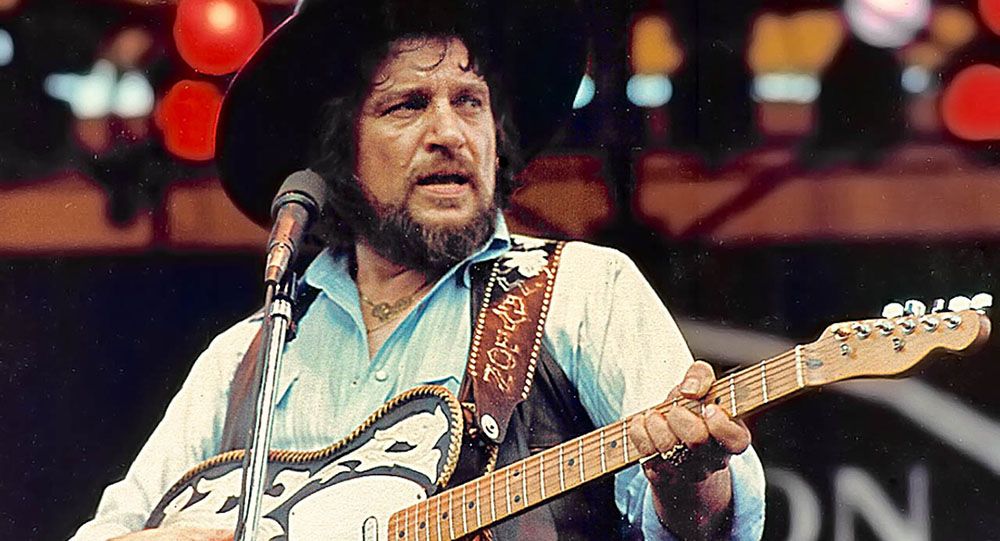
The Irresistible Pull of the Open Road: A Cautionary Tale of Unfettered Freedom
In the vast, shifting landscape of American music, few voices captured the essence of the wandering spirit with such raw authenticity as Waylon Jennings. His iconic 1974 single, “I’m a Ramblin’ Man,” became more than just a song; it was an anthem for a lifestyle, a declaration of independence, and a stark warning all at once. Released as the title track from his album, The Ramblin’ Man, this powerful statement quickly resonated with audiences, climbing to the coveted number one spot on the Billboard Hot Country Songs chart, marking Jennings’ second chart-topping hit. It remained at the pinnacle for a single, impactful week, solidifying its place in the annals of country music history and even making appearances on the Australian charts.
While Waylon Jennings delivered the song with an undeniable conviction that made it his own, “I’m a Ramblin’ Man” was, in fact, penned by the talented songwriter Ray Pennington. Pennington had actually recorded the song himself in 1967, taking it to number 29 on the country charts. But it was Jennings’ rendition that truly embedded the song into the cultural consciousness, transforming it into a signature piece of the burgeoning Outlaw Country movement. The very fabric of the song is woven with the threads of ceaseless movement and fleeting connections, a lyrical tapestry depicting a protagonist who has journeyed “down to Mississippi, down through New Orleans,” and played “in California,” having seen “too much” to ever truly settle.
The core narrative of “I’m a Ramblin’ Man” isn’t simply a travelogue; it’s a profound exploration of a man defined by his inability to be tethered. The repeated chorus, “I’m a ramblin’ man, don’t fool around with a ramblin’ man,” serves as a direct, almost desperate, plea to those who might be drawn to his magnetic, yet ultimately transient, charm. He openly discourages emotional entanglement, acknowledging that his nomadic existence precludes any lasting commitment. The lyrics paint a vivid picture of a man who leaves a trail of brief encounters, from a girl in West Virginia to another waiting in Cincinnati, illustrating a life lived on the fly, where relationships are as transient as the towns he passes through.
The cautionary advice embedded in the song – “You better move away, you’re standing too close to the flame” – speaks to the inherent danger of his lifestyle, suggesting that involvement with a ramblin’ man inevitably leads to a broken heart. It’s an honest, if brutal, self-assessment, a man laying bare his nature to spare others the pain of loving someone who cannot, by his very essence, stay. This honesty, delivered with Jennings’ deep, authentic voice, is what elevates the song beyond a mere country tune to a deeply reflective piece on human nature and the allure of freedom at any cost. The song becomes a mirror reflecting the inherent conflict between the desire for connection and an insatiable wanderlust. It’s a testament to Jennings’ artistry that he could embody such a complex character, making the listener both understand and empathize with the rambler, even as they acknowledge the inherent sorrow in his chosen path. The thumping bassline and rhythmic pulse of the song create an almost hypnotic effect, mimicking the relentless motion of the road, further immersing the listener in the rambler’s world. “I’m a Ramblin’ Man” is more than just a country hit; it’s a timeless reflection on the cost of absolute freedom and the bittersweet loneliness that often accompanies it.